Archives
- 2025-11
- 2025-10
- 2025-09
- 2025-03
- 2025-02
- 2025-01
- 2024-12
- 2024-11
- 2024-10
- 2024-09
- 2024-08
- 2024-07
- 2024-06
- 2024-05
- 2024-04
- 2024-03
- 2024-02
- 2024-01
- 2023-12
- 2023-11
- 2023-10
- 2023-09
- 2023-08
- 2023-07
- 2023-06
- 2023-05
- 2023-04
- 2023-03
- 2023-02
- 2023-01
- 2022-12
- 2022-11
- 2022-10
- 2022-09
- 2022-08
- 2022-07
- 2022-06
- 2022-05
- 2022-04
- 2022-03
- 2022-02
- 2022-01
- 2021-12
- 2021-11
- 2021-10
- 2021-09
- 2021-08
- 2021-07
- 2021-06
- 2021-05
- 2021-04
- 2021-03
- 2021-02
- 2021-01
- 2020-12
- 2020-11
- 2020-10
- 2020-09
- 2020-08
- 2020-07
- 2020-06
- 2020-05
- 2020-04
- 2020-03
- 2020-02
- 2020-01
- 2019-12
- 2019-11
- 2019-10
- 2019-09
- 2019-08
- 2019-07
- 2019-06
- 2019-05
- 2019-04
- 2018-11
- 2018-10
- 2018-07
-
Vancomycin in Experimental Microbiota Engineering and Imm...
2025-09-29
Explore the advanced applications of Vancomycin as a glycopeptide antibiotic in precision microbiota engineering and immune modulation. This in-depth guide uniquely addresses its role as a bacterial cell wall synthesis inhibitor in experimental models, providing insight beyond standard MRSA or Clostridium difficile infection research.
-
Vancomycin: Advanced Applications in Immune-Microbiome Mo...
2025-09-28
Explore how Vancomycin, a glycopeptide antibiotic, enables advanced studies in bacterial resistance mechanisms, immune-microbiome interactions, and enterocolitis research. This article provides a unique, in-depth analysis bridging cell wall synthesis inhibition with contemporary immunological and microbial models.
-
Vancomycin in Microbiome Modulation and Resistance Research
2025-09-27
Explore the unique role of Vancomycin as a glycopeptide antibiotic in bacterial cell wall synthesis inhibition and microbiome modulation. This in-depth article reveals advanced applications for MRSA and Clostridium difficile infection research, focusing on immune interactions and experimental design.
-
EZ Cap™ Firefly Luciferase mRNA (5-moUTP): Benchmarking R...
2025-09-26
Explore how EZ Cap™ Firefly Luciferase mRNA (5-moUTP) sets a new standard for quantitative mRNA delivery and translation efficiency assay platforms. This article uniquely benchmarks Fluc mRNA against evolving LNP encapsulation technologies, providing advanced insight for researchers in gene regulation and imaging.
-
Sulfo-NHS-SS-Biotin Kit: Redefining Cell Surface Interact...
2025-09-25
Discover how the Sulfo-NHS-SS-Biotin Kit, a water-soluble amine-reactive biotinylation reagent, advances reversible biotin labeling for multidimensional cell surface interactomics. This article uniquely explores integrative workflows to decode glycoRNA-protein architectures and dynamic cell-environment interfaces.
-
Pioglitazone and PPARγ: Unraveling Immune-Metabolic Inter...
2025-09-24
Explore how pioglitazone, a potent PPARγ agonist, uniquely bridges metabolic and immune pathways. This article offers an in-depth analysis of its dual regulatory role in inflammation and metabolism, providing novel insights for type 2 diabetes and neurodegenerative disease research.
-
Trichostatin A (TSA) in Organoid Epigenetics: Modulating ...
2025-09-23
Explore the advanced applications of Trichostatin A (TSA), a potent histone deacetylase inhibitor, for precise epigenetic regulation in organoid systems and cancer research. This article reviews recent insights into TSA’s mechanism of action and its impact on cell fate dynamics, providing a rigorous perspective for R&D scientists.
-
Cy5 streptavidin laboratory reagent MD was the recipient of
2025-03-03
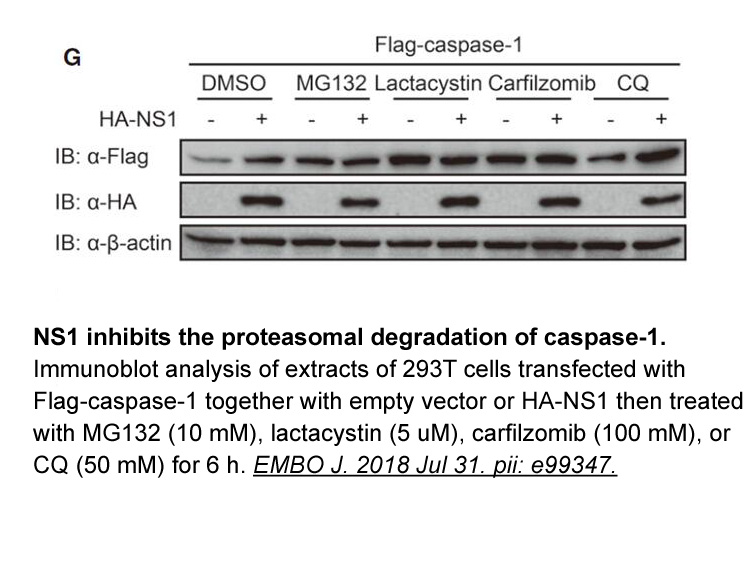
MD was the recipient of the Intergroupe Francophone de Cancérologie Thoracique (IFCT) Alain Depierre Grant in 2014. JP was the recipient of the ARISTOT (Association de Recherche, d’Information Scientifique et Thérapeutique en Oncologie Thoracique) grant in 2016. Conflicts of interest statement
-
Most of the modifications in
2025-03-03

Most of the modifications in the sympathetic nervous system occurring with aging, including decreased βAR responsiveness, increased circulating catecholamines, and overall hyposensitivity to adrenergic stress, are also observed in patients with failing hearts. Moreover, young people are more reactiv
-
The direction of glutamate transport by the
2025-03-03
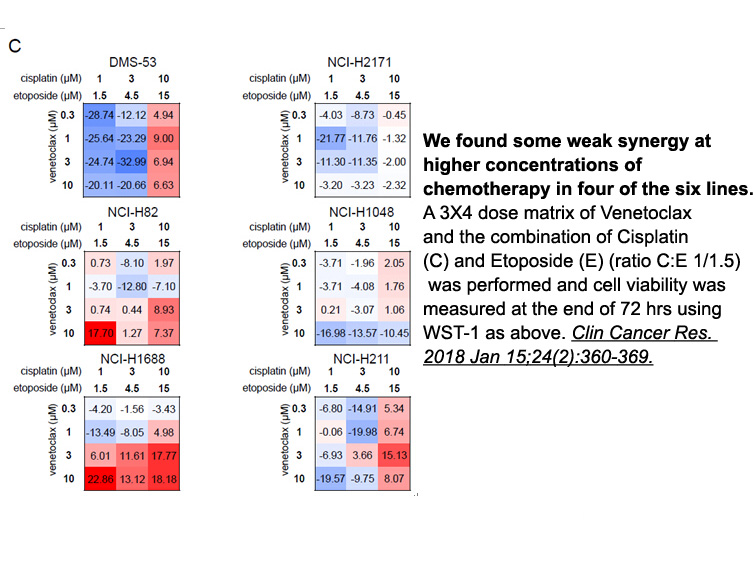
The direction of glutamate transport by the cell membrane transporter is reversible. As mentioned above, glutamate transport is an electrogenic process associated with a transmembrane ion gradient established by the Na+-K+ pump through hydrolysis of adenosine triphosphate. Under conditions of energy
-
Two cell surface trans membrane receptors have been identifi
2025-03-03

Two cell-surface trans-membrane receptors have been identified for adiponectin, AdipoR1 and AdipoR2 [21], and adiponectin action is known to signal through these receptors and the docking protein APPL1 [22]. In muscle and liver cells, signal transduction involves the phosphorylation and activation o
-
br There are three types
2025-03-03
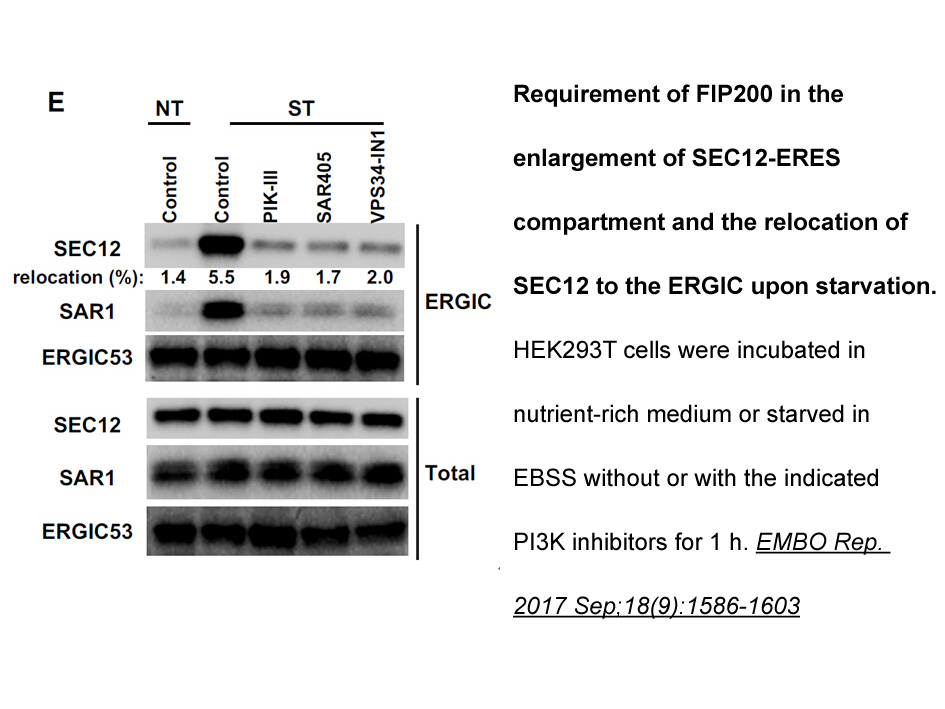
There are three types of 5-HT2 receptors. 5-HT2A, 5-HT2B and 5-HT2C receptors Exhibit 46–50% overall sequence identity and couple preferentially to Gq/11 to increase inositol phosphates and cytosolic [Ca2+] and in agreement with their long known role in muscle contraction and stimulation in the br
-
APPL was the first adaptor protein
2025-03-03

APPL1 was the first adaptor protein identified that interacts directly with adiponectin receptors [18]. A two-hybrid study by Dong and colleagues revealed that the C-terminal extracellular domain of AdipoR1 interacts with adiponectin, whereas the N-terminal cytoplasmic domain of AdipoR1 interacts wi
-
As noted earlier the PfkB family of carbohydrate kinases can
2025-03-03
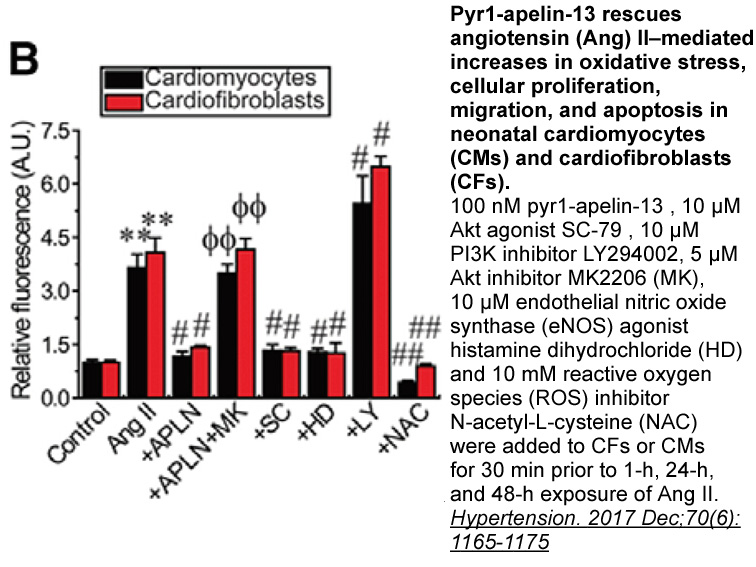
As noted earlier, the PfkB family of carbohydrate kinases can phosphorylate the hydroxymethyl group of a wide variety of sugar moieties [1], [3]. Recent searches of the Swiss-Prot database with the two conserved sequence motifs found in these proteins (Accession nos. PS00583 and PS00584) identified
-
The use of a single well identified molecule
2025-03-03
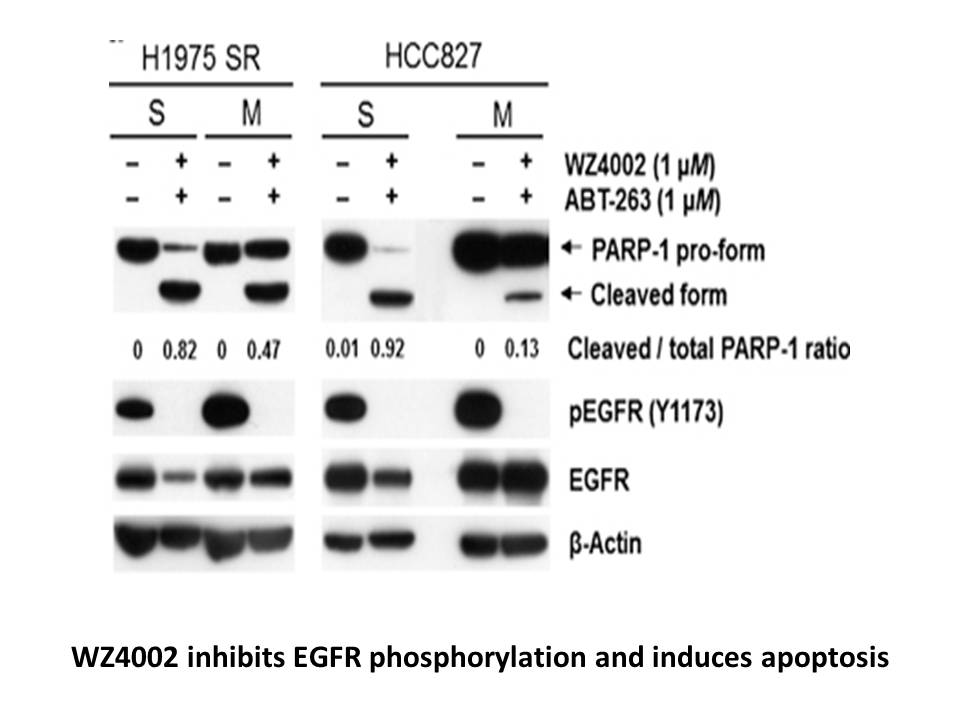
The use of a single well-identified molecule to induce AChR clusters formation can simplify complicated cell manipulation procedures and may provide a more efficient means of developing biological substitutes for functional muscle tissue restoration in vivo. Pharmacological approaches dealing with b